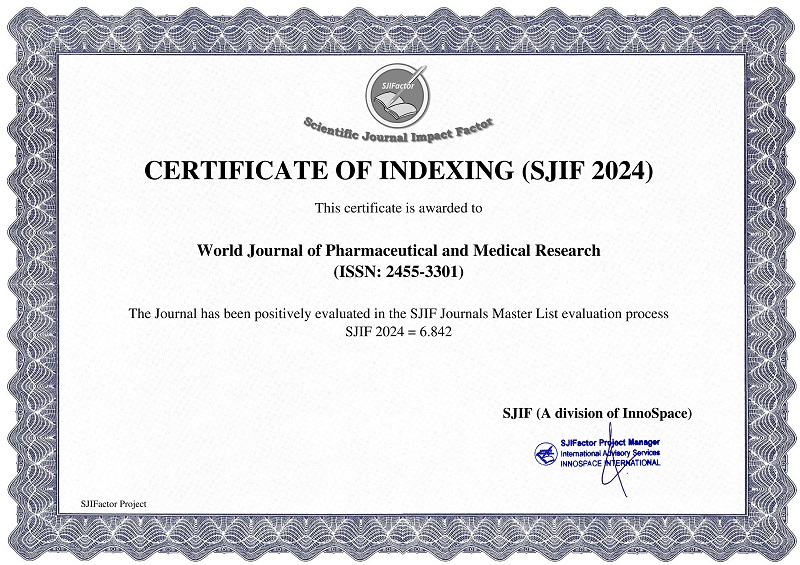EXTENT OF ADOPTION OF VIDEO ASSISTED LEARNING IN LECTURES: A STUDY AMONG FACULTY AND STUDENTS AT A PUBLIC UNIVERSITY
Muhammad Maaz Arif*, Rameen, Hafiz Muhammad Hassan Zaman, Naveed Suleman, Ghulam Ali, Muhammad Asim Farooqui and Shaher Bano
ABSTRACT
Drawing to learn has gained significant attention in educational research. This article discusses the various uses of drawing as an active, constructive, and interactive learning method. It emphasizes its importance across various educational settings and emphasizes that the quality and assessment of learners' drawings should align with task demands. It also emphasizes the need for teachers to support meaningful engagement with drawing, aligning it with pedagogical objectives. Visual representations are crucial in biology teaching due to their complexity and scale. Drawing aids in interpreting visual information and is used in hypothesis generation, experiment design, data visualization, and communication of results. Biology educators should teach students to interpret and create visual representations, as drawing fosters deeper thinking and communication skills. An observational study conducted at the University of Health Sciences in Lahore surveyed students and faculty to assess the effectiveness of visual aids, particularly images and videos, in enhancing learning. The sample size estimated was 103. A non-convenient sampling technique was used. Data was collected from a questionnaire online. The results revealed a strong preference for using visual aids in classrooms, with a majority agreeing that these tools make learning more engaging and long-lasting. However, respondents expressed concerns about the availability of resources and the preparedness of faculty and administration in implementing video-assisted learning effectively. The study emphasizes the importance of allocating time for visual aids in lectures to maximize their impact on learning outcomes.
[Full Text Article] [Download Certificate]



